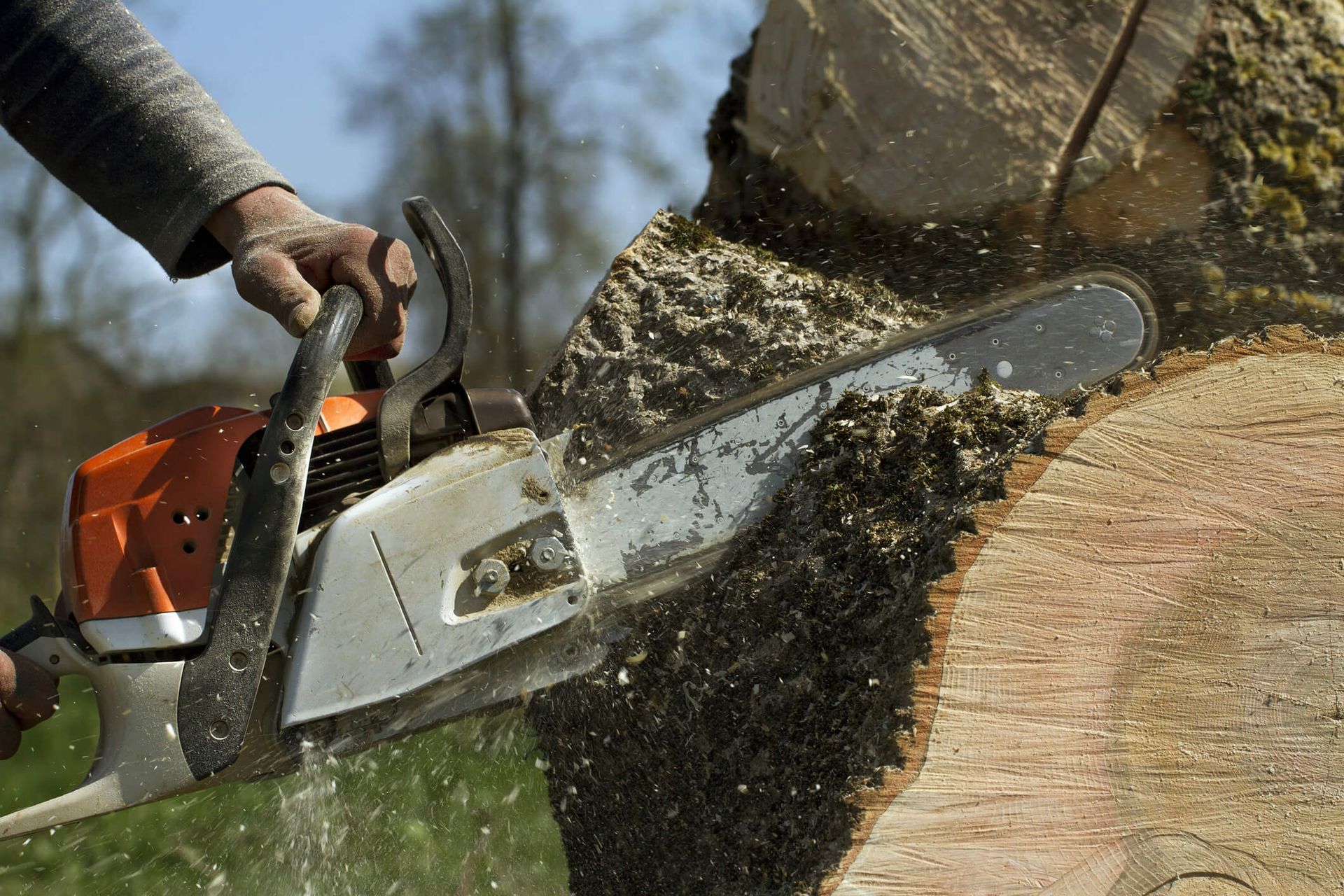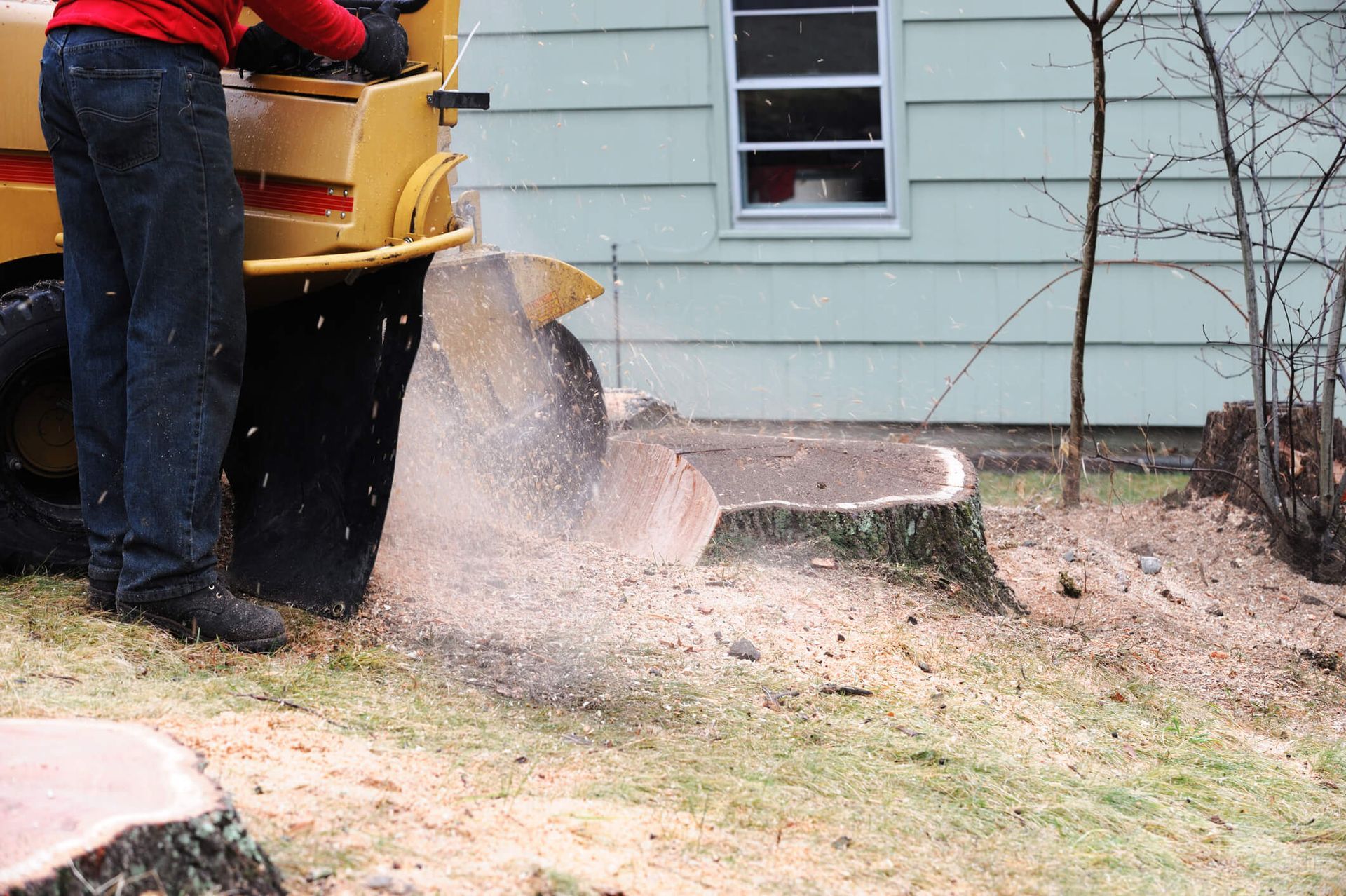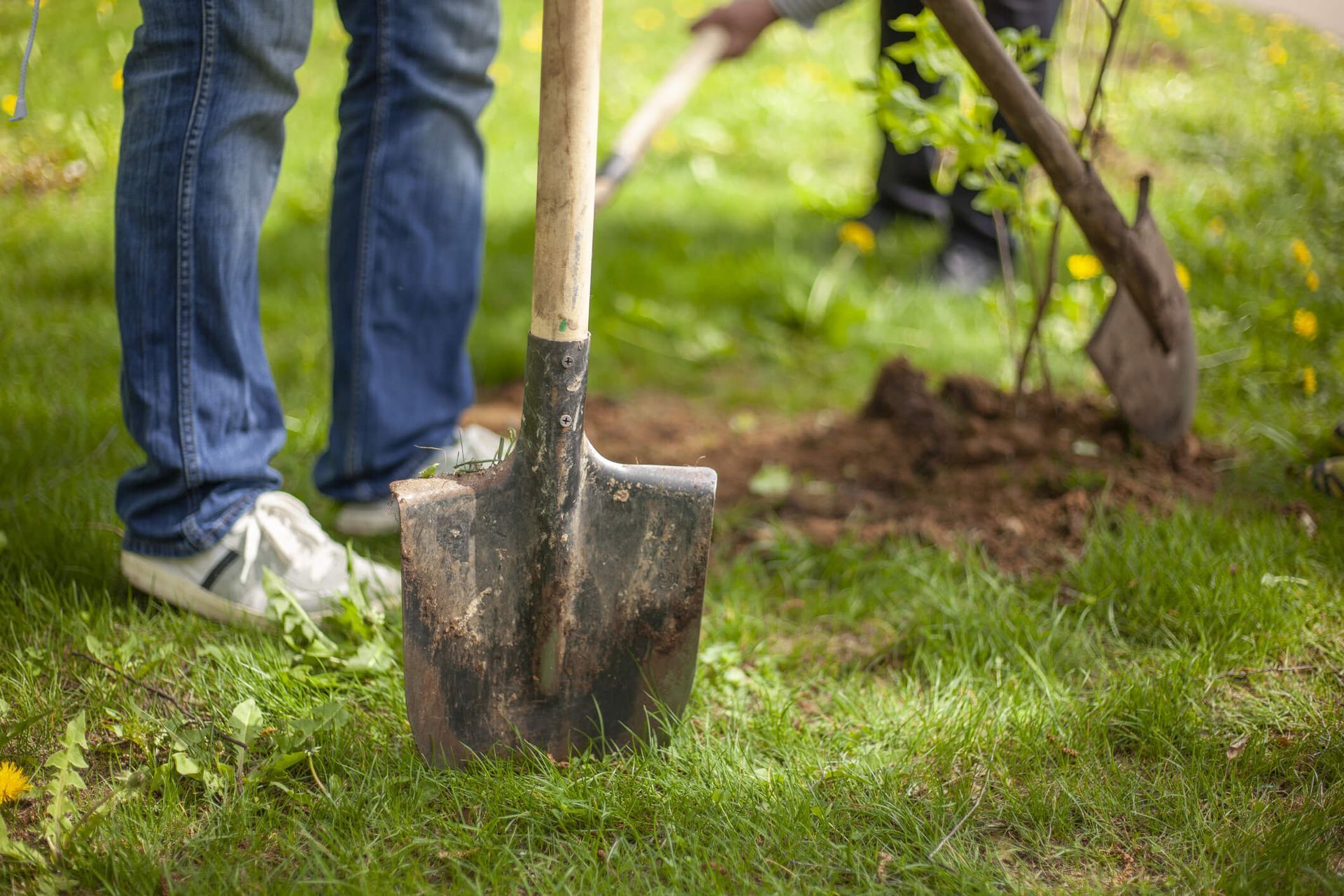How Long Does It Take to Cut Down a Tree?
While removing a tree may appear to be a simple operation, the time required to do so safely and effectively is influenced by various factors. Whether you are a professional arborist or a homeowner seeking to remove a problematic tree, comprehending these factors can assist you in more effectively planning and executing the task.
Factors Influencing Cutting Time
Cutting down a tree is not solely dependent on a chainsaw; numerous critical factors can influence the process's endurance. Comprehending these factors can facilitate the planning process and guarantee the safety of the removal. The primary factors that influence trimming time are as follows:
Tree Removal Time Influenced by Tree Size and Species
- Height and Diameter: Generally, more giant trees require more time to be felled than smaller ones. The removal of a 60-foot pine tree will necessitate a more significant amount of time and effort than that of a 15-foot fruit tree.
- Species: Cutting speed is influenced by tree species' timber densities and growth patterns. Hardwoods like oak require more time to see through than softer woods such as pine.
Condition of the Tree
- Health: While a healthy tree may be stable and necessitate meticulous planning for its removal, a decayed or dying tree may be more unstable and could collapse during pruning, increasing the risk and complexity.
- Branch Structure: Trees with extensive branch networks may require additional time to be felled due to the necessity of meticulously removing limbs before addressing the trunk.
Accessibility and Location
- Proximity to Structures: If the tree is situated near residences, power lines, or other structures, additional time will be required to plan a safe felling path and potentially employ a rigging system to regulate the tree's descent.
- Terrain: Uneven or muddy terrain may impede removal, necessitating supplementary safety apparatus or measures.
Crew Experience and Equipment
- Tools: The removal speed is significantly influenced by the equipment used. Professional-grade equipment can expedite the process, and a chainsaw cuts much more quickly than a handsaw.
- Skill Level and Crew Size: Teams with excellent experience can operate more proficiently. A professional staff may require only a few hours to remove a tree, whereas an inexperienced individual may require an entire day.
Time Estimate for Tree Removal
The time it takes to cut down a tree can vary significantly depending on the factors mentioned above, on average. The following are some general estimates:
- Small trees (up to 20 feet) require 1–2 hours of maintenance.
- Medium-sized trees (20–40 feet) require 2–4 hours to complete.
- 4 to 8 hours for trees that are 40–60 feet in size
- Large trees (over 60 feet) may necessitate eight hours or more of labor, with the potential for multiple days if there is significant rigging and cleanup.
Further Considerations
- Permissions: Local regulations should be reviewed before removing a tree. The necessity of permits in certain regions may extend the project's timeline.
- Cleanup: After removing the tree, additional time will be required to eliminate the stump, branches, and residue. Stump removal can extend the project by several hours or days, depending on the method employed.
- Safety Measures: Prioritize safety at all times. The time required for a successful tree removal may be increased by the necessity of wearing protective gear, adhering to proper cutting techniques, and having a plan in case of emergencies.
Equipment Needed for Tree Removal

Chainsaw
- Description: A potent instrument for cutting through the trunk and larger branches.
- Points to Consider: Guarantee that the chainsaw suits the tree's circumference. A gas-powered chainsaw may be required for more giant trees, while electric variants can be sufficient for smaller trees.
Pruning Saw or Handsaw
- Description: Beneficial for thinner branches or cramped spaces where a chainsaw may not be feasible.
- Considerations: A pruning saw is an exceptional tool for achieving precise cuts on smaller branches before removing the trunk.
Axe or Hatchet
- Description: Beneficial for clearing the area surrounding the tree and chopping through thinner branches.
- Considerations: An axe can also create the felling incision for more giant trees.
Limbing Saw
- Description: A long, curved saw that is precisely engineered to remove limbs after a tree has been felled.
- Considerations: This instrument is especially advantageous for tall trees, enabling you to access high branches securely.
Personal Protective Equipment
- Description: It is critical to safeguard oneself during the cutting procedure.
The following are included:
- Hard hat: Protects the cranium from falling branches.
- Safety goggles: Protect your eyes from debris.
- Ear protection: Attenuates the din generated by chainsaws.
- Cut-resistant gloves: Offers protection against wounds and scrapes.
- Steel-toed boots: They offer stability and protection for the feet.
Equipment for Rope and Rigging
- Description: Specifically designed to regulate the fall of a tree in constrained areas.
- Considerations: High-quality rope, pulleys, and carabiners can help manage more giant trees and guarantee that they fall in the intended direction.
Stump grinder (optional)
- Description: A device intended to grind down tree roots following the removal of the trunk.
- Considerations: Renting or purchasing a stump grinder can save time if you wish to remove the stump swiftly.
Chipper (Optional)
- Description: A device that converts branches and debris into compost.
- Considerations: Utilizing a chipper can streamline the cleanup process and minimize the quantity of refuse that must be disposed of.
Ladder (If Required)
- Description: Utilized to access higher branches that necessitate pruning before tree removal.
- Precautions: Before ascending, verify that it is securely positioned and of sufficient strength.
Lumberjack Tools
- Description: A logger may use traditional tools like axes, crosscut saws, and hand tools for specific tasks.
- Value: While modern equipment is often preferred, these tools can still play a role in certain situations, especially in remote areas or for smaller trees.
First Aid Kit
- Description: Critical for treating any minor ailments that may arise during the process.
- Things to consider: Ensure that it is readily available and adequately supplied.
Conclusion
In summary, removing a tree can be time-consuming and influenced by various factors, such as the tree's size, species, condition, location, apparatus, and crew experience. At SYS Enterprises, we understand the obstacles that can arise during this process and emphasize the importance of preparation for your project. The environment where the tree is located plays a critical role, along with the techniques employed for emergency tree removal, such as stump grinding. To ensure the safe and efficient completion of your tree removal project, it is essential to comprehend these components to estimate the time required more accurately. Careful planning will enable you to achieve the most favorable outcomes, regardless of whether you undertake the task independently or employ professionals. If you are still deciding whether to remove a tree, it is always advisable to contact and seek the advice of a certified arborist. They can offer expert guidance on the best technique and guarantee that the task is completed safely and efficiently.
Frequently Asked Questions
What is the typical duration of tree removal?
The time it takes to remove a tree can be significantly influenced by its size, species, condition, and location. The average time required to remove a small tree (up to 20 feet) is 1–2 hours, while an enormous tree (over 60 feet) might require 8 hours or more.
What are the factors that can influence the duration of tree removal?
Cutting time is influenced by various factors, such as the tree's size and species, health, branch structure, location, terrain, equipment used, personnel experience, weather conditions, and any prerequisite permits.
Do you believe employing a professional saves you time rather than completing the task yourself?
Hiring a professional arborist can often lead to significant time savings. These experienced crews have the necessary skills, tools, and knowledge to safely and efficiently remove a tree. Their efficiency is typically unmatched by an individual needing more experience.
What is the expected amount of time required for cleansing after removing a tree?
The time required for cleanup can fluctuate depending on the tree size and the stump removal method. Depending on the extent of the cleanup, detritus, branches, and stump removal may take anywhere from a few hours to a full day.
Are there any safety precautions that could influence the duration of tree removal?
Undoubtedly, safety precautions can significantly impact the overall duration of tree removal. These precautions, which include evaluating the tree's stability, using protective equipment, and meticulously planning the cutting process, are particularly crucial when working near structures or power lines.


